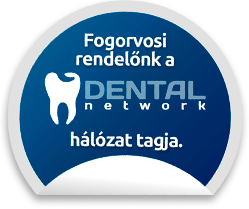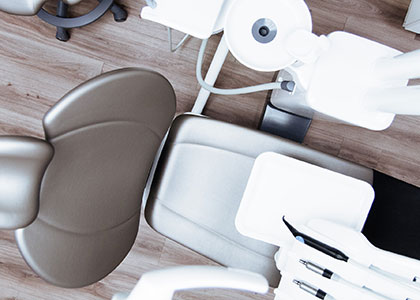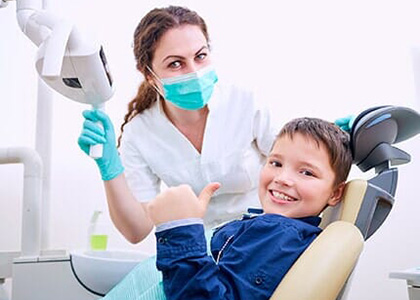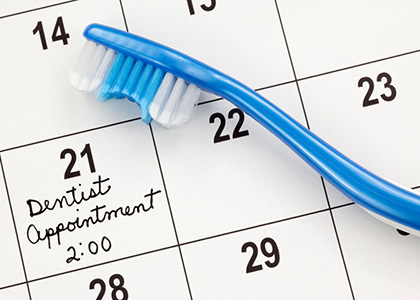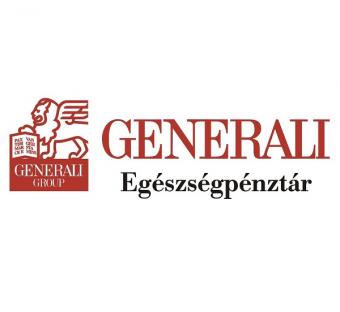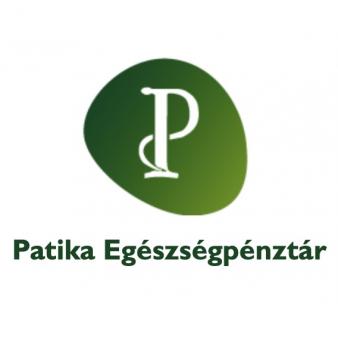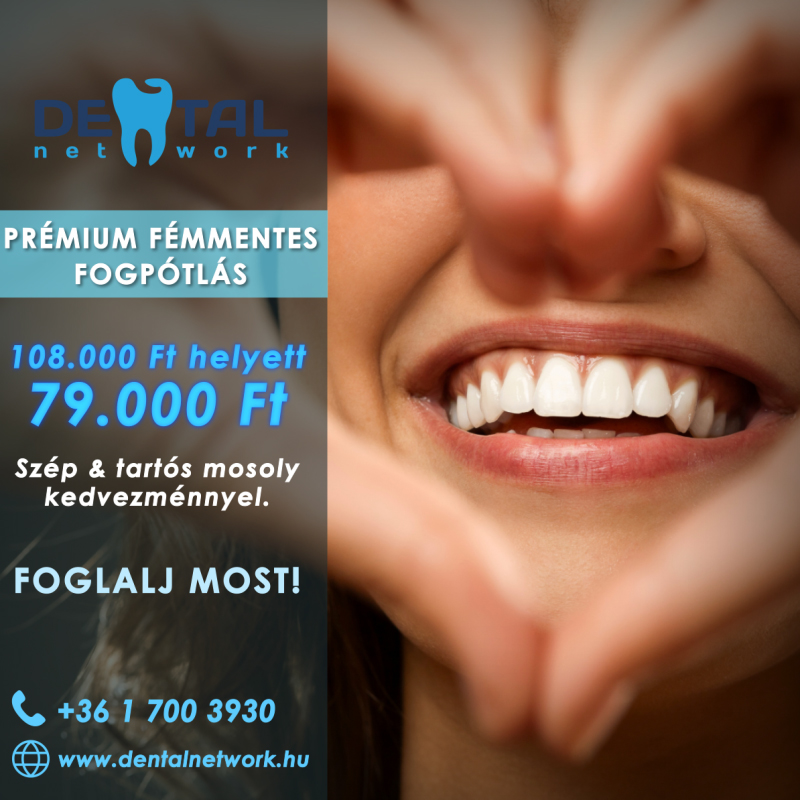Periodontology is a science concerned with the periodontium and the diseases of the supporting structures of teeth. The daily buildup of dental plaque in the mouth, between the teeth and on the gums can cause the damage and potential loss of tissue over an extended period of time.
About the diseases of the periodontium and the loosening of teeth
The different diseases of the periodontium - the gums, the bones and the periodontal ligament - can cause the supporting structures of teeth to become destroyed and lead to the loosening and loss of teeth. This can be caused by the chronic inflammation of the gingiva, and can lead to the bones around the teeth to degrade and recess. The symptoms include the loosening, tilting, moving, and protrusion of teeth. This can happen as part of the natural process of aging, but unfortunately (and quite frequently) happens at a younger age as well. The loosening of teeth can be diagnosed via x-ray, and even with physical examination when the problem becomes more severe. Thus, the degradation of teeth can be noticeable, as in less severe cases, the dentist can use a periodontal probe to measure the severity of the degradation of bones between the gums and the teeth. This is called periodontal pocket depth measurement. This pocket can appear between the teeth and the gums because of the lack of a sufficient bone structure at the base of the tooth, and the bacteria appearing because of plaque and saliva can cause inflammation and further bone degradation. This results in the loosening and eventual loss of teeth.These pockets need to be cleaned by a dentist regularly, and it is very important that dental prosthetic work is done and checked by a reliable dental professional.
Teeth splinting
In case you feel your teeth loosen, you don’t have to immediately think of the worst, as there are ways to secure loose teeth. One of these ways is the splinting of existing teeth. This means securing the teeth with a fixed structure, including the loose teeth. If several teeth became loose, the dentist may polish the loose and any adjacent (not yet loose) teeth to connect the crowns and secure them together. In this case, even more attention to dental hygiene is required, however, the teeth may remain in the mouth for many years to come.
Periodontological treatments
Diseases of the periodontium start a non-reversible process, but it is possible to prevent bone loss and inflammation. Treatment begins with preparatory steps: this usually means ultrasonic scaling both above and under the gums. Above the gums, this is usually done using an ultrasonic scaler, while under the gums manual tools are used: this method is called curettage. During closed curettage a special tool is used to remove inflamed tissue, pocket walls and infected cementum. During open curettage the deep, hard to access pockets are cleaned and the root surface is smoothed. Incisions are made on the inside and outside of the gingiva, thus a lobe is created to ensure better visibility and more effective cleaning. Finally, at the end of the procedure the affected area is sutured. Curettage is done using local anesthetics, so the procedure is completely painless for the patient.
It is not uncommon that a patient has tooth decay so severe, that the cavity or the affected crown reaches deep below the gumline. In the past, the only solution was to extract the affected tooth in this case, nowadays, however, it is possible to save the tooth by slightly lifting it from the gingiva, which makes the crown longer and safe restoration of the tooth possible. Crown lengthening is done using two methods: one is an orthodontic procedure that takes a few weeks, resting on the adjacent teeth to lift the problem tooth up. The other method is minor surgery, used to lower the gum around the tooth.
About the Diseases of the Oral Mucosa
Most inflammations of the mouth are preventable using thorough dental hygiene. Existing mouth inflammations can be treated with antibiotics (depending on the specific type of inflammation), and complemented locally with antiseptic mouth cleaning products. Healing these conditions usually requires local treatment, usually using antiseptic mouthwash. During treatment dentists try to get rid of affected tissue, but this can only happen gradually.
It is very important to visit your dentist in case you experience chronic pain, unusual changes of size, color or shape in the mouth, as these can not only mean easily treatable diseases like oral thrush or sores, but more severe diseases of the mouth like tumors or cancer. Noticing the disease early is the only way to make sure that a full recovery is possible, therefore, it is crucial to attend regular dental checkups.
